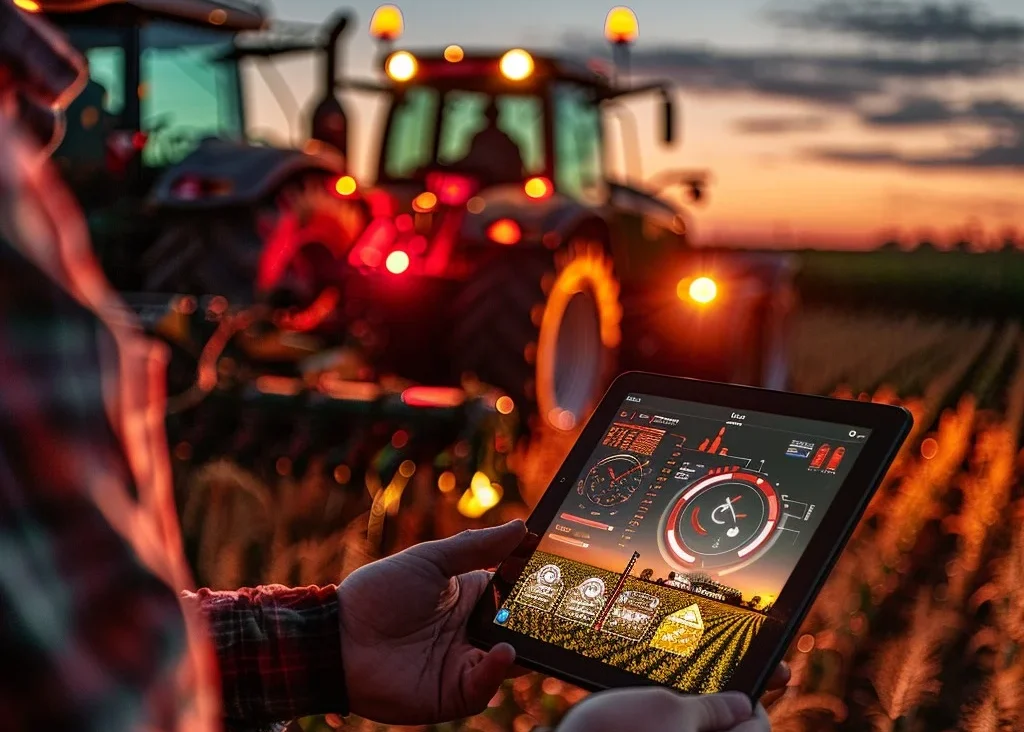In recent years, autonomous agricultural machines have started to shift from concept to reality across U.S. farms. Leading the charge, companies like John Deere, CNH’s Case IH and New Holland, as well as innovative startups, are rolling out machines that promise to change how work gets done.
At CES 2025, John Deere revealed a suite of autonomous solutions, from fully driverless tractors to orchard sprayers and commercial mowers. These machines rely on lidar, AI, multiple cameras, and powerful onboard computing to operate independently. While Deere did not announce pricing, analysts warn that these autonomous versions come at a significant premium and could provoke concern among budget-conscious farmers.
One model drawing attention is John Deere’s autonomous 8R tractor. Last month in Arkansas, Deere publicly demonstrated this tractor running itself through a field without a driver onboard. Activation is as easy as tapping a button via the Operations Center mobile app.
CNH Industrial has introduced electric, autonomous-ready models too. The Case IH Farmall 75C Electric, offering about 74 horsepower, retails in the U.S. from approximately $79,000. Monarch Tractor, whose electric technology powers the T4 electric utility tractors from New Holland, offers a 40‑hp machine priced around $70,000.
Then there’s Rotor Technologies, offering something unexpected – semi‑autonomous agricultural helicopters. The Sprayhawk, based on a modified Robinson R44, carries 120‑gallons and uses remote operation with GPS, cameras and flight computers. Each costs nearly $1 million, with deliveries expected in 2025–2026 after FAA waivers and required training.
Why These Machines Matter
Autonomous field equipment offers several tangible benefits. First, it helps address chronic labor shortages. Deere and others stress that these machines can handle repetitive, time‑consuming tasks like tillage, spraying, and mowing, freeing farmers from long hours in the cab.
These machines also enable precision application. Controllers can map fields and apply chemicals only where needed. Kubota, for example, showcased AI that can detect disease or pests and spray only targeted areas. On the weed‑control front, Blue River Technology’s “See & Spray” system uses AI to reduce herbicide usage, and the LaserWeeder from Carbon Robotics zaps weeds with lasers identified via computer vision.
What’s Slowing Adoption
There are a few hurdles farmers need to navigate before going full autonomy.
Cost remains a major obstacle. A fully autonomous electric tractor might start near $89,000, which is more than double the price of a conventional machine of similar size. When dealing with high-horsepower row-crop machinery, the cost increase will not be as drastic proportionally. For many, the upfront cost is daunting, even if long‑term value promises savings.
Safety and public trust. Driverless machines still make some people nervous. Ensuring safety in all scenarios remains a complex challenge despite lidar, GPS and obstacle detection.
Regulatory and infrastructure gaps. Airborne systems require FAA exemptions and operator training. While California allows for driverless cars, the state currently does not allow driverless tractors. Also, while field equipment relying on connectivity, AI updates and sensors may struggle in remote rural areas with limited broadband.
Data security and ownership. As farms collect more AI and telemetry data, concerns grow over who owns that data and how it may be used or shared.
What Might the Future Hold?
The pace of innovation is strong. Analysts estimate that the U.S. autonomous farm equipment market will grow from approximately $25.8 billion in 2024 to over $46.6 billion by 2034, at a CAGR of about 6 percent.
In the autonomous tractor segment alone, forecasts suggest U.S. value could rise from $1.7 billion in 2023 to $9 billion by 2033, climbing at nearly 18 percent annually. Other estimates put the global autonomous tractor market at $2.7 billion in 2025, expanding to $12.45 billion by 2032.
We can expect broader expansion of machine integration, such as robots that both drive and handle tasks like planting, pruning, harvesting, and crop scouting. Startups like Bonsai Robotics aim to deploy vision‑based autonomous harvesters in orchards, especially for nuts, and recently raised $15 million to scale operations.
The full vision is a farm where driverless machines, drones, AI‑powered diagnostics, precision sprayers, and harvesters all work in concert. The farmer becomes more of a supervisor and strategist than a day‑long machine operator.
Traditional Machinery Isn’t Going Anywhere
Take a look at how many farmers still have and use tractors from the 70s and 80s, even with newer models readily available to them. It’s not always just nostalgia, either. There’s an elegant simplicity to some of these designs that farmers value, and this makes them much easier to repair and keep running, so they can pass them on to future generations.
Despite the rapid rise of autonomous and electric farm equipment, there will continue to be strong demand for manual machinery. Many farmers value the reliability, familiarity, and full control that conventional tractors and implements provide. For those in regions with limited connectivity or tight margins, traditional equipment remains a practical choice.
Some also prefer the hands-on experience and direct mechanical feedback of operating their own machines, particularly for complex or high-stakes tasks. As a result, the used equipment market and support for legacy models are likely to remain robust for years to come.
Final Thought
Autonomous agricultural machines are arriving now, and while still costly, each model makes it clearer how farming can become smarter, safer, and more efficient. Challenges remain, but the potential is vast.


Leave a Reply